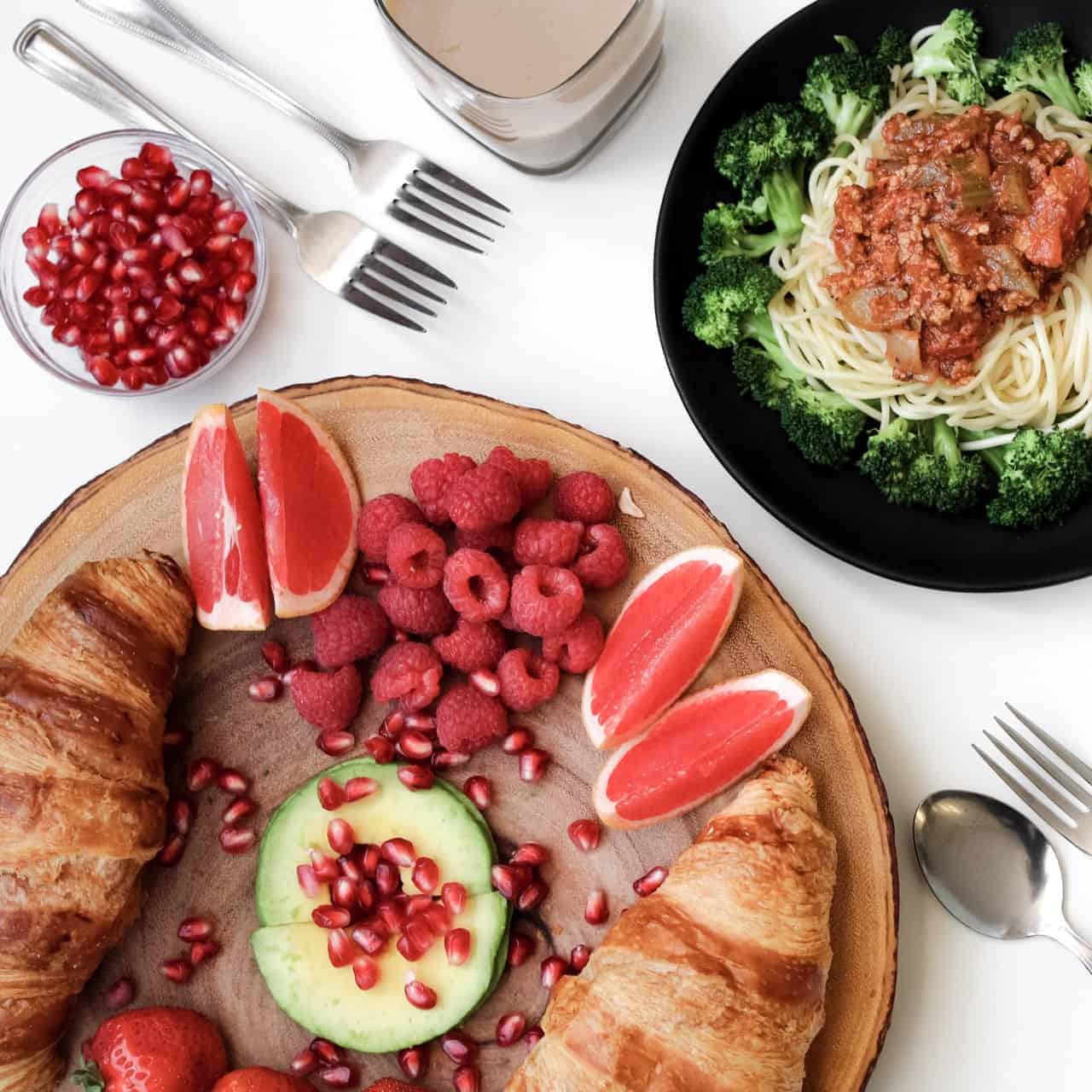Whether you want to eat healthily or lose weight, the paleo diet will be instrumental if consumed properly. Of course, if you’re consuming paleo diet for weight loss it will be essential to include exercises in your routine. But people do not usually have the full picture before starting on this diet.
Pros and Cons of Consuming a Paleo Diet
You could be considering “going paleo” as the means to achieve weight loss. However, you’ll find other benefits along the way. On the other hand, you’ll find some challenges as well.
Here are a few pros and cons, as outlined by the care team at the University of Pittsburgh Medical Center.
Pros:
Here are three primary reasons people choose this lifestyle.
1 – It’s a naturally anti-inflammatory diet
Paleo dieters rely on healthy whole foods for nutrition. And, foods like berries, fruits, healthy sources of fats, and nuts have natural anti-inflammatory properties.
2 – You’ll satisfy your hunger
Because of your intake of those healthy fats, nuts, and seeds, you will feel satiated sooner–and the fullness in feeling will stick with you for longer. This can promote weight loss in many.
3 – Cleaner food sources
Your new lifestyle helps you wean off of foods that contain unhealthy preservatives, chemicals, and additives.
Cons:
Here are three cons associated with the Paleo Diet.
1 – Paleo can be costly
The foods you purchase–fresh and organic–can be cost-prohibitive. On the flip side, you’ll be saving money on pre-packaged convenience foods. Thus, most people feel they are just trading one expense for another.
2 – It challenges vegans and vegetarians
Those who enjoy a vegan or vegetarian lifestyle will find this program challenging. That’s specifically because it excludes legumes and beans. Of course, those are primary protein sources for those who abstain from eating meat products.
3 – You’ll miss grains
If you love whole grains, this isn’t the program for you. Because it excludes grains, you miss out on the feeling of fullness that they offer as well as the energy they give you.
Paleo Diet Foods List
Here are some of the foods you should stock up on before you transition to this way of eating. Having the ingredients on hand in your pantry or fridge will increase your chances of a smooth transition period.
Keep in mind that you must select foods that are unprocessed, whole foods, free of preservatives, additives, or chemicals.
- Root vegetables: These include potatoes, turnips, sweet potatoes, and yams.
- Eggs: Choose your favorite free-range eggs–chicken, duck, or quail. They are all fair game!
- Wild-caught seafood: Opt for fish (especially fatty fish like salmon, tuna, and mackerel), shellfish, and mollusks.
- Organic meats: Meat options can include beef, poultry birds, pork, venison, lamb, and wild game meats.
- Veggies: Seek out organic, no preservative vegetables. Include your favorites like asparagus, kale and collard greens, lettuce, tomatoes, cucumbers.
- Seeds and nuts: Fenugreek seeds, pumpkin seeds, almonds, walnuts, hazelnuts, sunflower seeds, and pecans are fantastic choices. Remember, though, that peanuts are a legume and off the menu.
- Fruits: Organic fruits of your choice. You may enjoy all berries, melons, oranges, apples, bananas, pears, pineapple, and other favorites.
- Healthy fat sources: You can choose healthy fat options like coconut oil, extra-vigin olive oil, and avocado.
Here are seven things to know before starting a paleo diet:
1. You Will Want To Transition Slowly
2. You Will Not Always Lose Weight
3. You Might Fall Deficient of Some Nutrients
4. You Will Get Repetitive Meals
5. Don’t Be Alarmed About Consuming Too Much Protein
6. It’s Time-Consuming
7. You Will Eat a Lot of Sweet Potatoes
Final Words on the Paleo Diet
https://youtu.be/yG-G9_LOkLA














 Community
Community

